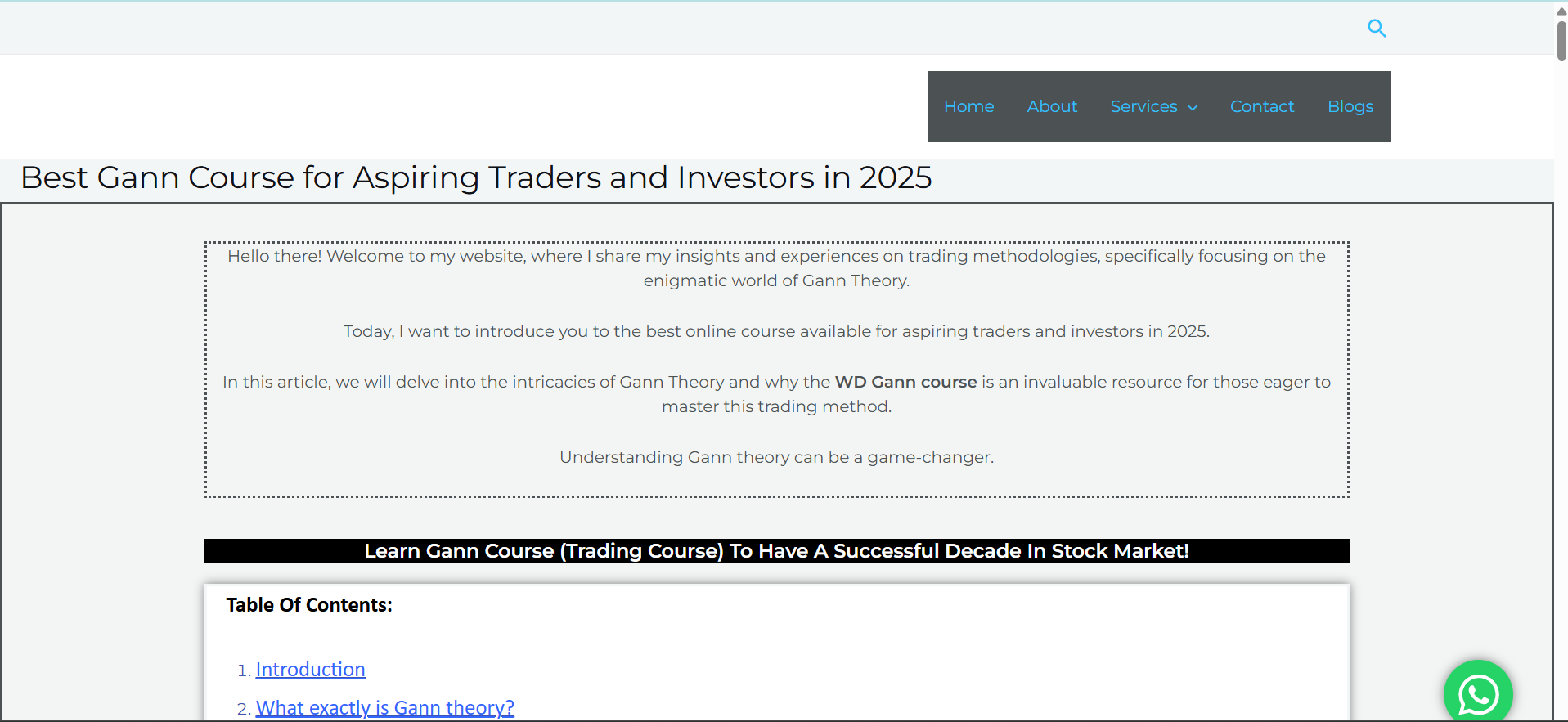Gann Angles Decoded: The Mathematical Blueprint Behind Market Movements

Strong 8k brings an ultra-HD IPTV experience to your living room and your pocket.
In the vast and complex world of financial markets, traders often chase indicators, oscillators, and trend lines in hopes of predicting price movement. But over a century ago, legendary trader WD Gann introduced a revolutionary concept that offered a completely different lens: Gann Angles — a precise blend of geometry, mathematics, and market behavior.
Though initially considered unconventional, Gann Angles have stood the test of time and remain one of the most powerful tools in technical analysis. Their unique ability to combine time and price into one visual measurement gives traders a structured approach to forecast future trends, corrections, and turning points.
What Exactly Are Gann Angles?
At its core, a Gann Angle is a line drawn on a chart at a specific geometric angle that represents the relationship between price and time. Unlike horizontal support and resistance or vertical time cycles, Gann Angles project diagonal paths from key price points — typically major highs or lows.
The most crucial angle, as per Gann, is the 1x1 angle. This line represents one unit of price for every one unit of time — also known as the 45° angle when viewed on a properly scaled chart. Gann believed that this angle symbolized perfect balance between demand and supply. If the market remained above this angle, it was considered bullish; if it fell below, it was bearish.
Other important angles include:
2x1: Price moves two units for every one unit of time — indicates a strong uptrend.
1x2: Time is moving faster than price — indicates weakening momentum.
4x1, 1x4, 8x1, 1x8, and so on.
Each of these angles functions as dynamic support and resistance, unlike horizontal levels that remain static. These angles "rise" or "fall" as time progresses, creating a live framework to assess the market’s next potential move.
Why Are Gann Angles So Important?
Gann Angles are more than just lines on a chart — they represent the true structure of the market. Here's why they remain so relevant even today:
1. They Integrate Time and Price
Most modern tools focus solely on price. Gann’s theory recognizes that time is just as important. An asset may not hit a certain price level immediately, but when enough time passes, that same price becomes achievable — and Gann Angles help visualize this journey.
2. Trend Strength and Reversals
When price consistently respects a certain angle (like 2x1 or 1x2), it indicates the strength and health of the current trend. A break of this angle often signals a change in market momentum. Traders can use this to prepare for reversals before traditional indicators react.
3. Scalability Across Timeframes
Whether you’re a day trader working on 15-minute charts or a swing trader analyzing weekly charts, Gann Angles adapt. Once properly scaled, the geometry works the same — giving you an edge in every timeframe.
4. Strategic Trade Planning
By using Gann Angles, you can set precise entry and exit points, determine stop-loss levels, and even forecast potential consolidation zones. When combined with price action, it results in a high-confidence trading system.
Learning Gann Angles with Structure
While the concept of Gann Angles is powerful, applying them effectively requires proper knowledge and discipline. That’s where the Gann Course becomes essential.
This course breaks down the complexity of Gann’s teachings and offers:
Step-by-step guidance on how to draw Gann Angles accurately.
Real examples on popular stocks, indices, and commodities.
How to identify the correct scale for different timeframes.
Combining angles with Gann Squares and time cycles for deeper analysis.
Practical strategies to use Gann Angles as part of your day-to-day trading decisions.
Whether you’re just starting out or already familiar with technical analysis, the course ensures that Gann Angles become a working tool, not just a theoretical concept.
Real-Life Application: A Simple Example
Let’s say a stock bottomed at ₹100 and begins to rise. From this point, you draw a 1x1 Gann Angle. Over the next 10 days, if the price follows this 45° angle, it would reach ₹110 in 10 sessions. Now, if the stock starts moving faster than this line (e.g., it hits ₹120 in 10 days), it’s climbing along a steeper angle — like 2x1. This signals strong bullish momentum.
But if the price falters and drops below the 1x1 line, it shows weakness — and possibly the beginning of a reversal. This insight gives you an early warning before other tools like RSI or MACD might indicate a trend change.
Final Thoughts: Geometry Never Lies
Markets are driven by more than just numbers — they are governed by rhythm, timing, and structure. Gann Angles help decode this hidden geometry. They offer a clean, objective framework to understand price movements and prepare for what comes next.
In a world filled with indicators and noise, Gann Angles provide clarity. They don't just tell you what is happening — they help you understand why and when.
If you're ready to stop reacting to the market and start forecasting it with confidence, it's time to explore the full potential of Gann Angles through the Gann Course. Learn the tool that helped Gann predict massive market moves — and start applying it to your own trades today.
Note: IndiBlogHub features both user-submitted and editorial content. We do not verify third-party contributions. Read our Disclaimer and Privacy Policyfor details.




